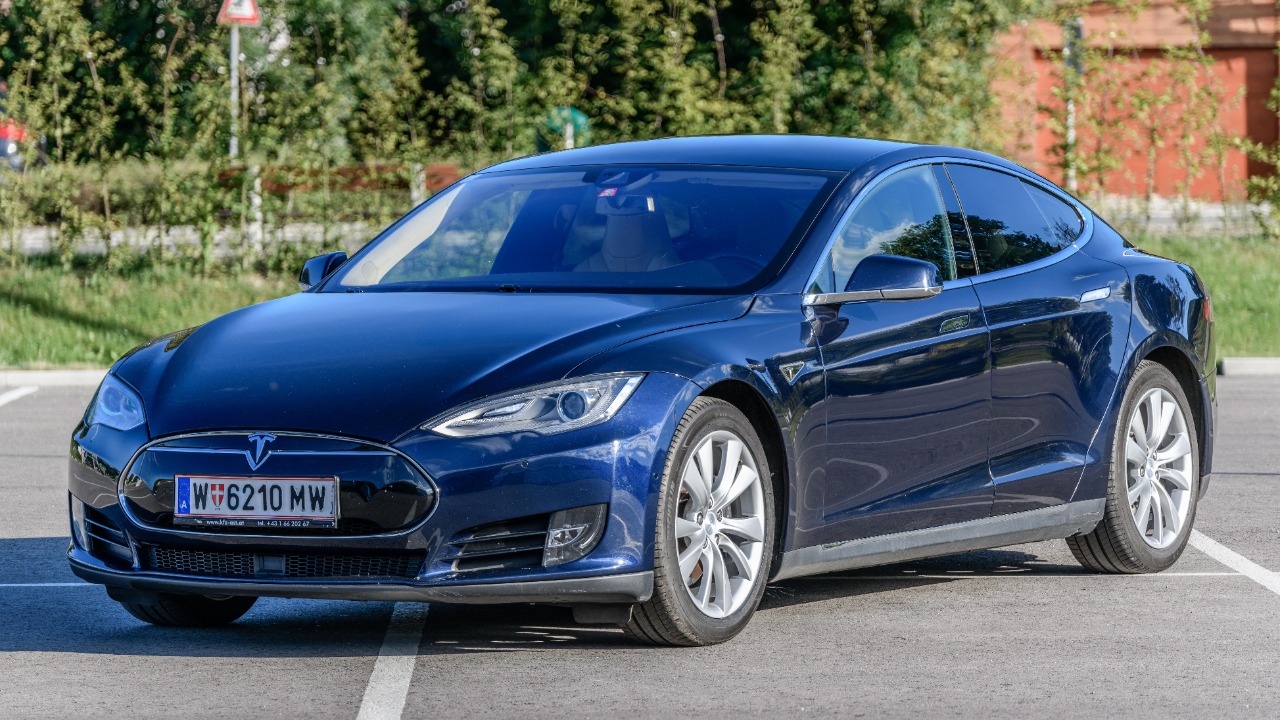
The automotive world has always been a breeding ground for innovation and creativity. Certain vehicles have pushed the boundaries of design and technology, leaving a lasting impact on the industry. Here are eight such cars that were truly ahead of their time.
Tesla Model S
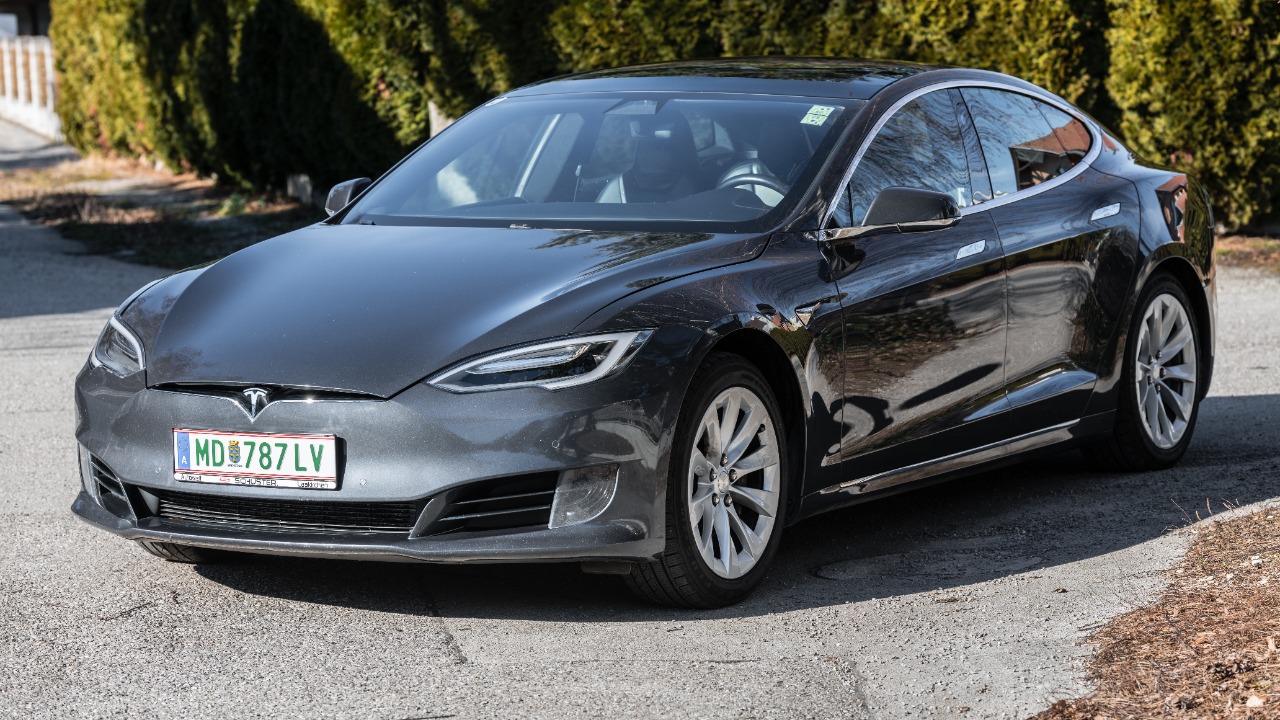
The Tesla Model S, introduced in 2012, revolutionized the electric vehicle market with its impressive range and performance. It challenged the notion that electric cars couldn’t match the speed and luxury of their gasoline counterparts. The Model S offered an unparalleled driving experience with its minimalist interior, large touchscreen interface, and advanced autopilot capabilities.
During a time when electric vehicles were primarily seen as eco-friendly, the Model S proved they could be high-performance machines. Its ability to accelerate from 0 to 60 mph in under 3 seconds was a game-changer, setting a new standard for future electric vehicles.
Citroën DS
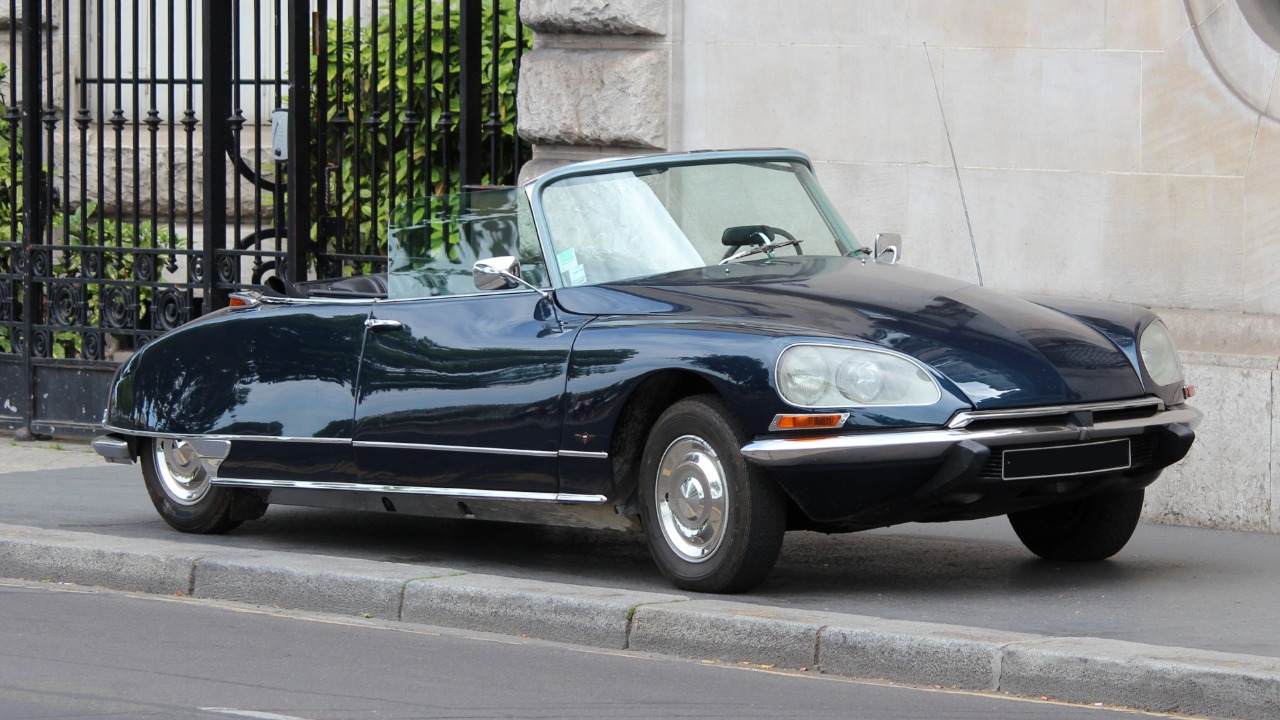
The Citroën DS, unveiled in 1955, was a pioneer in automotive engineering and design. With its hydropneumatic suspension, the DS offered an unprecedented level of comfort and driving stability. Its futuristic styling and advanced features, such as power steering and disc brakes, were unheard of at the time.
The DS was not just a car; it was a vision of the future. Its ability to maintain a consistent ride height, regardless of load, showcased its innovative spirit. The DS’s influence can still be seen in modern vehicles that prioritize ride comfort and technological advancements.
Toyota Prius
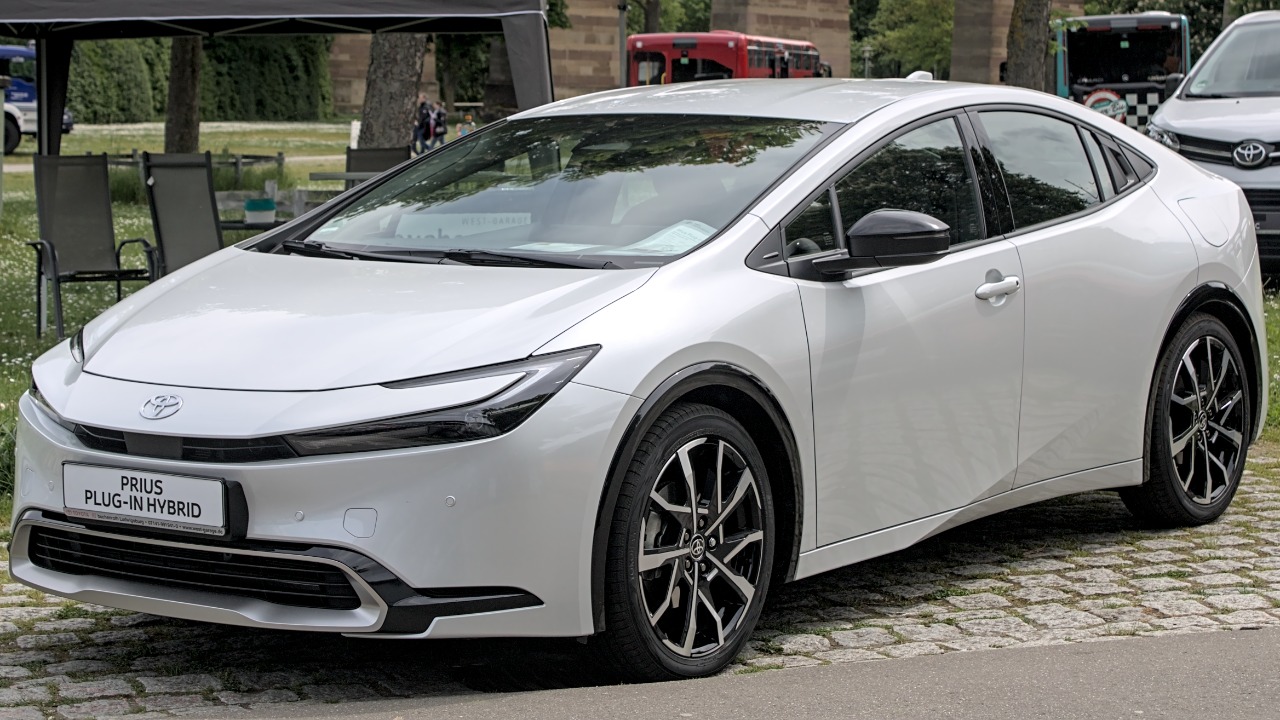
The Toyota Prius, launched in 1997, was the world’s first mass-produced hybrid vehicle. It combined a gasoline engine with an electric motor, offering an eco-friendly alternative to traditional cars. The Prius quickly became a symbol of environmental consciousness and paved the way for the hybrid market.
Its innovative hybrid technology not only reduced emissions but also improved fuel efficiency, making it a practical choice for environmentally conscious drivers. The Prius’s success inspired other manufacturers to develop their own hybrid models, significantly influencing the industry’s approach to sustainable transportation.
Audi A8

The Audi A8, first introduced in 1994, was a trailblazer in luxury and technology. It was the first mass-produced car to feature an aluminum chassis, significantly reducing its weight and improving fuel efficiency. The A8 also debuted Audi’s Quattro all-wheel-drive system, enhancing its performance and handling.
Inside, the A8 boasted an array of high-tech features, including a multimedia interface and advanced safety systems. It set a new benchmark for luxury sedans, combining cutting-edge technology with exceptional comfort. The A8’s influence is evident in today’s luxury vehicles, which continue to prioritize innovation and performance.
BMW i3
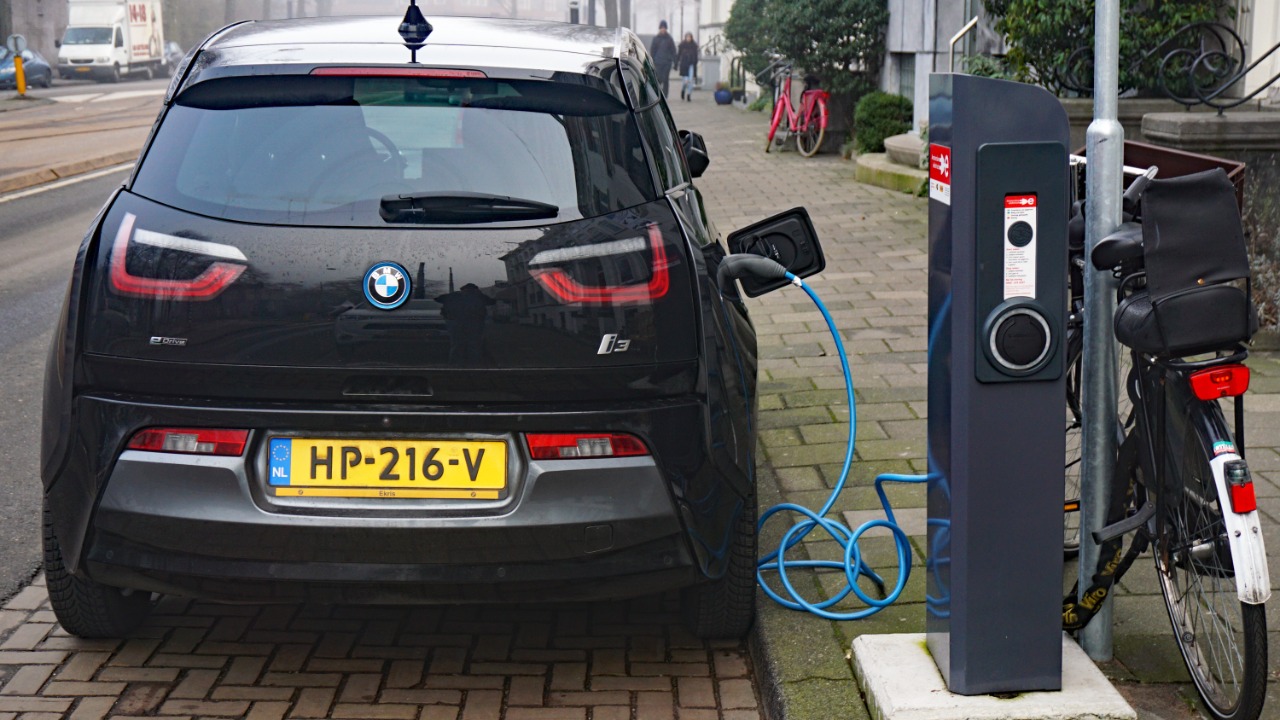
The BMW i3, launched in 2013, was a bold step into the future of urban mobility. With its unique design and sustainable materials, the i3 was a clear departure from conventional automotive norms. Its lightweight carbon-fiber-reinforced plastic body and electric powertrain showcased BMW’s commitment to sustainability.
The i3’s compact size and impressive range made it an ideal choice for city dwellers seeking an eco-friendly alternative. Its innovative use of renewable materials, such as recycled plastics and natural fibers, set a new standard for environmentally conscious design in the automotive industry.
Honda Insight
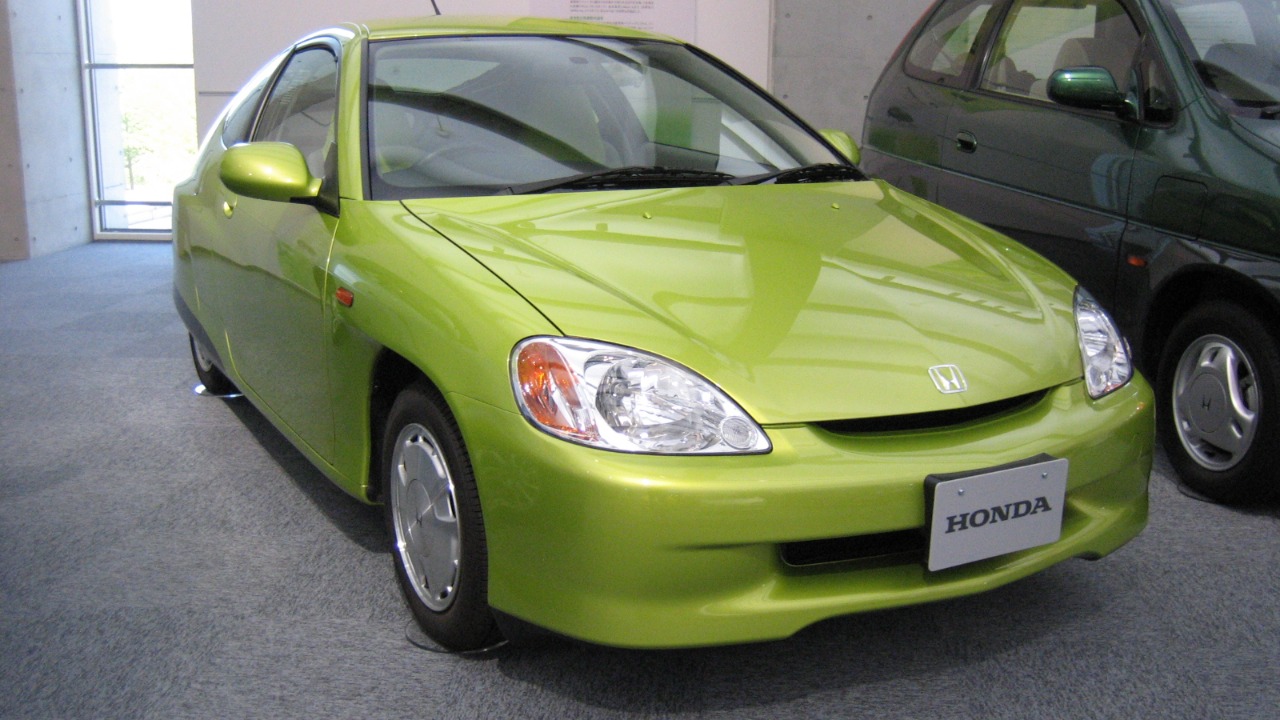
The Honda Insight, introduced in 1999, was the first hybrid vehicle available in the United States. It featured a sleek, aerodynamic design and a lightweight aluminum body, enhancing its fuel efficiency. The Insight’s Integrated Motor Assist system combined an electric motor with a gasoline engine, offering a seamless driving experience.
With its emphasis on fuel economy and low emissions, the Insight played a crucial role in popularizing hybrid technology. It demonstrated that hybrid vehicles could be practical and efficient, paving the way for the widespread adoption of hybrid technology in the automotive industry.
DeLorean DMC-12
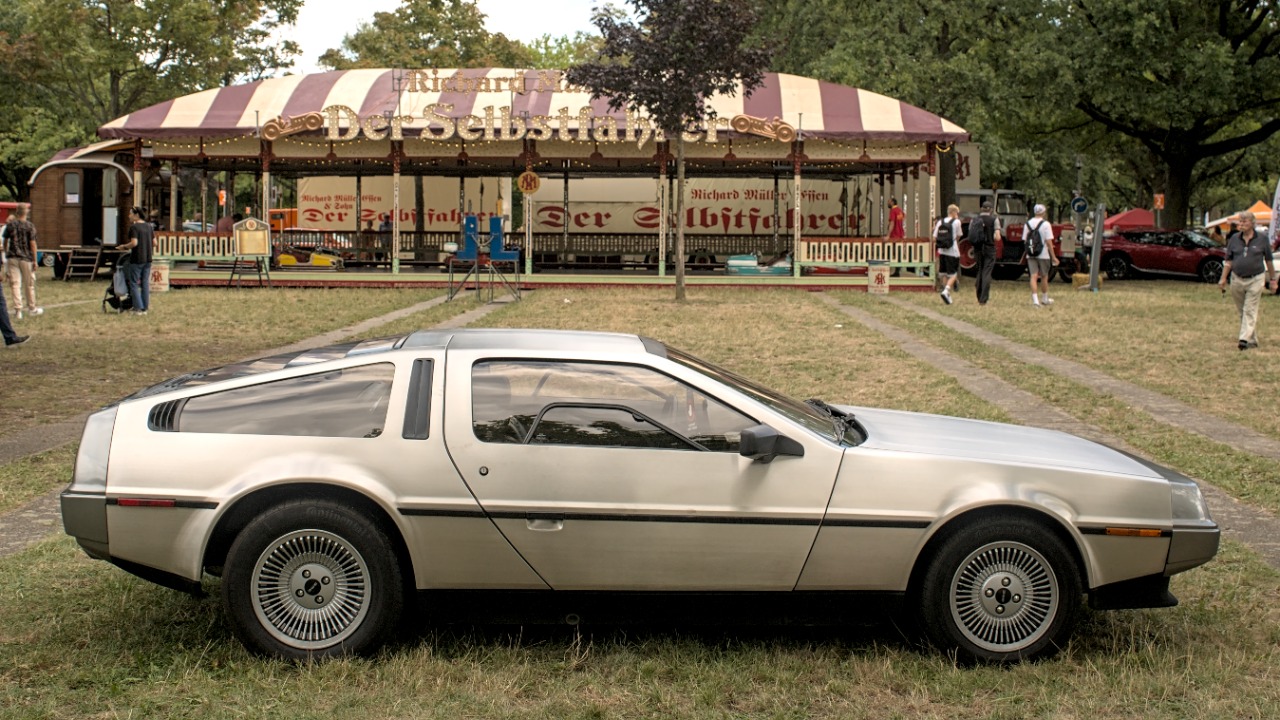
The DeLorean DMC-12, launched in 1981, is best known for its iconic appearance in the “Back to the Future” films. However, its stainless steel body and gull-wing doors were revolutionary in the automotive world. Designed by Giorgetto Giugiaro, the DMC-12 was a testament to futuristic styling and innovative engineering.
Despite its commercial failure, the DeLorean has become a cult classic, remembered for its bold design and unique features. Its influence can still be seen in modern vehicles that prioritize distinctive styling and advanced materials.
Tucker 48
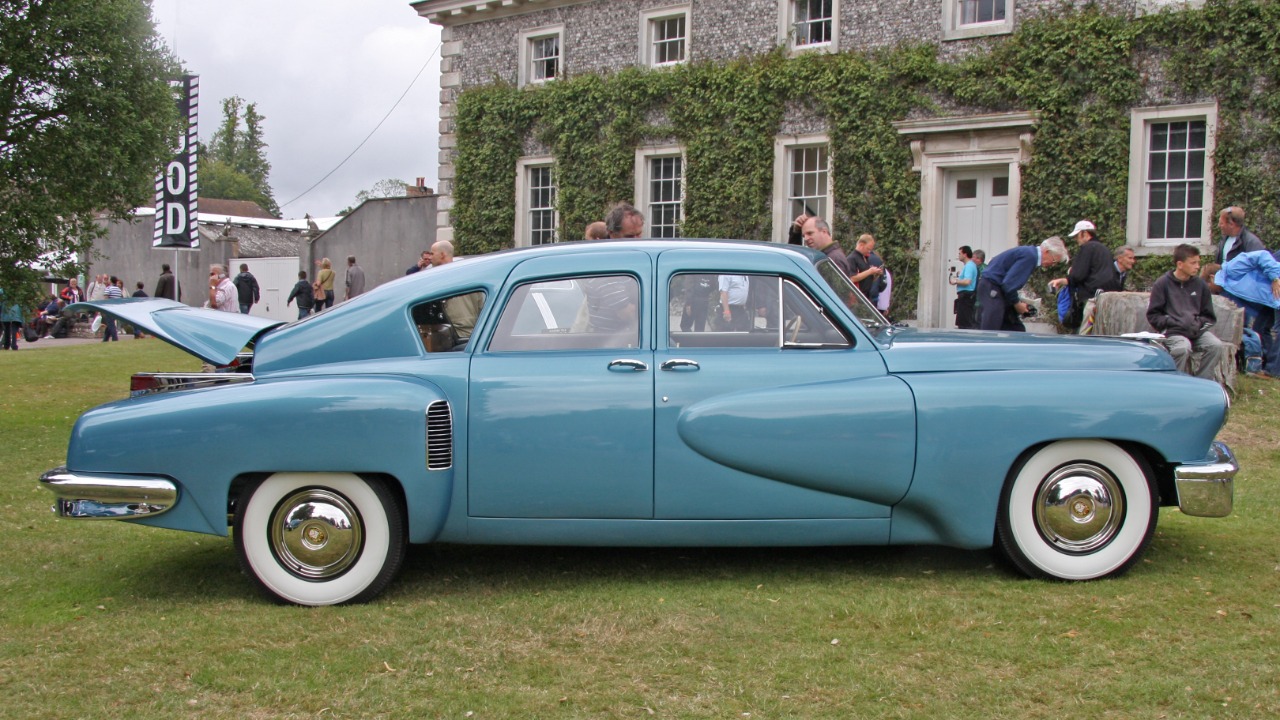
The Tucker 48, produced in 1948, was a visionary vehicle that introduced numerous safety and design innovations. It featured a rear-mounted engine, a “Cyclops” center headlight that turned with the steering wheel, and a roll bar integrated into the roof.
Despite its limited production run, the Tucker 48’s legacy lives on in its forward-thinking approach to automotive design and safety. Its commitment to innovation inspired future generations of engineers and designers, proving that sometimes, being ahead of your time means leaving a lasting impact.